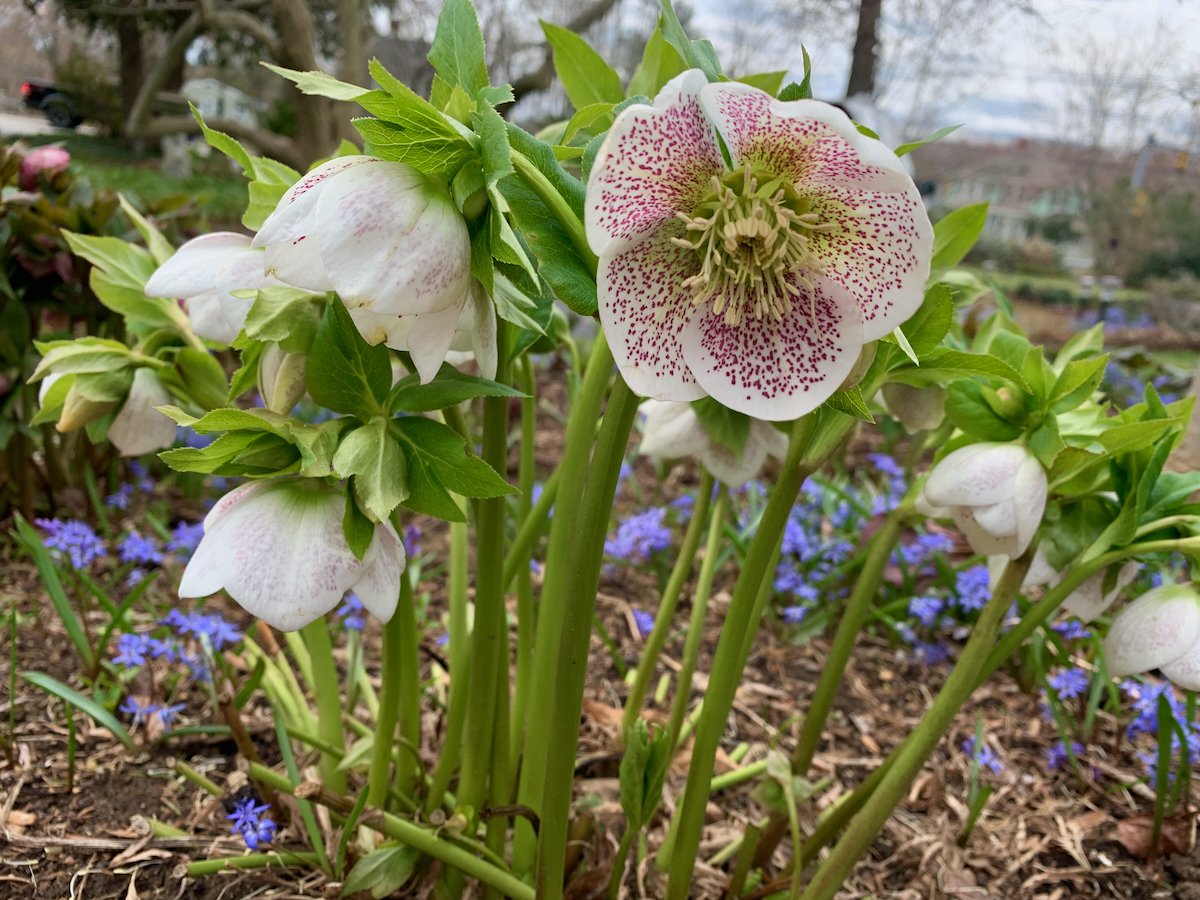Winterberry Holly Is A Beacon in the Garden
/or brightening the winter landscape, nothing can compare with winterberry holly. Its bright red berries are a visual stoplight in garden settings and in our New England woodlands and marshes. Winterberry is a tough native shrub that adapts to a wide range of growing conditions. In the wild, it can be found thriving in wet, boggy locations but also does well in drier sites in the woodland and home garden. Typically, it reaches heights of 6-8 feet and spreads slowly by “suckering” to form small thickets. It grows in full sun to part shade, with berry production best in full sun. The profusion of shiny berries that cover its branches from fall through winter make it a stand-out anywhere it is planted.
Winterberry holly is part of a diverse genus (Ilex) that includes evergreen and deciduous hollies. Most people are familiar with the evergreen varieties, with their spiny leaves and red berries that are staples of holiday decor and floral arrangements. The deciduous varieties are less well-known, although probably everyone has noticed them and wondered about their identity. Winterberry holly (Ilex verticillata) is the most common of the deciduous hollies. It is native from Newfoundland west to Michigan and south to Maryland and West Virginia. The summer foliage is a rich dark green. Autumn foliage is yellow and is not considered particularly showy. The berries that color up after the first frost are the real show-stoppers here. And, as an added bonus, the berries are a nutritious food source for birds.
There is no shortage of winterberry cultivars. “Red Sprite” and “Winter Red” are particularly favored for their prolific production of large red fruits. Also popular is “Sparkleberry”, an Ilex verticillata hybrid with a heavy fruit set and smaller berries. If you want to try something different, “Winter Gold” produces berries that are a spectacular peach-salmon color. There is even a cultivar with variegated foliage, the uncommon “Sunsplash”, with leaves that are streaked with yellow.
As is typical of most hollies, male and female flowers are found on different plants and only the female plants produce berries. If you want berries, you must have both sexes present within a distance of 50 feet of each other; one male will fertilize 6-7 females. The male must bloom at the same time as the female. Common male pollinators are “Jim Dandy”, which will fertilize “Red Sprite” and other early-flowering types, and “Southern Gentleman” which will fertilize “Winter Red”, “Winter Gold”, “Sparkleberry” and other later-flowering types.
In my garden, I grow the cultivar “Cacapon”, which I have planted in two different locations. In the mixed shrub border out back, “Cacapon” has become a six-foot tall thicket covered with red berries that I value for their winter show and contrast against the evergreens. In the front foundation plantings, it is growing as a small tree, nearly eight feet tall now, with wonderful dark grey branches and red-orange berries. Light pruning in the spring improves berry production in both locations.
If you are looking for something to brighten your winter gardens, look no further than winterberry holly. Best planted in spring and fall, winterberry can be purchased locally at many nurseries, including Weston Nurseries, and through mail order resources such as RareFind Nursery. (www.rarefindnursery.com).
By Joan Butler
You Might Also Like















